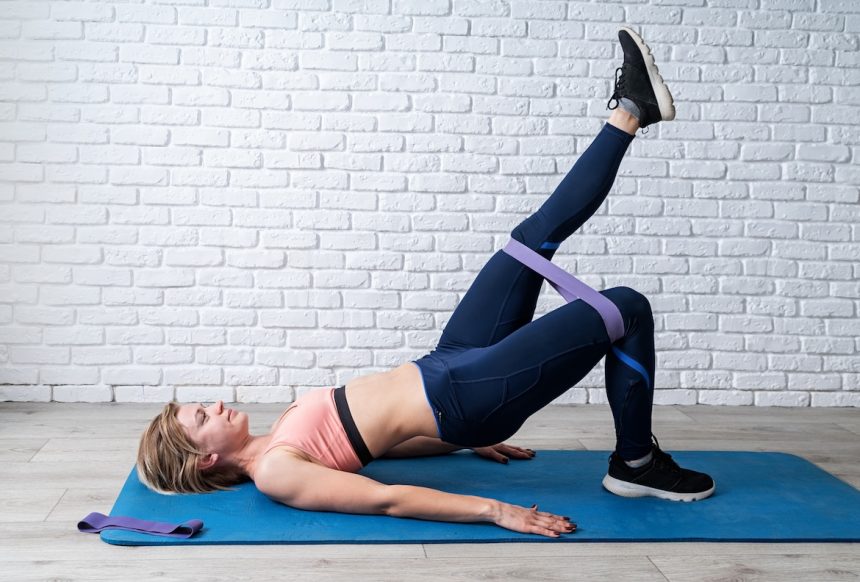When it comes to sculpting a stronger, rounder backside, the hip thrust is considered the gold standard of glute exercises. This exercise targets the gluteus maximus muscle, which is crucial for shaping the buttocks and hips. Strengthening the gluteus maximus, the largest and most powerful muscle in the body, has numerous benefits including improved posture, enhanced athletic performance, and increased joint stability according to a 2019 International Journal of Sports Physical Therapy report. Adding hip thrusts to your workout routine is guaranteed to help you achieve a firmer, more shapely behind and overall strength.
Certified personal trainer and Tonal strength coach, Ash Wilking, states that “Glutes are often referred to as the powerhouse of the core.” Strengthening the glutes through various hip thrust variations can improve lower body power, enhance hip mobility and stability, increase core strength, and reduce lower back pain. Wilking recommends trying out eight different hip thrust variations, regardless of your fitness level, for a serious booty burn and a change of pace in your lower body workouts.
Before you dive into the different variations, it’s essential to master the basics of how to properly perform a hip thrust. You can do a hip thrust with just your body weight or increase the intensity by using weights such as dumbbells or a barbell.
For beginners, Wilking suggests starting with lying glute bridges. A glute bridge follows the same movement pattern as a hip thrust but is done lying on the floor instead of an elevated surface. These beginner variations are an excellent way to train the body in the hinge pattern, focusing on hip extension without the need for additional equipment, aside from a resistance band.
Here are a few beginner variations to try:
1. Lying glute bridge
2. Banded lying glute bridge
3. Single-leg glute bridge
To challenge yourself further, intermediate variations with elevated shoulders on a bench are recommended. These elevated hip thrust variations are highly effective at strengthening the glutes and increasing muscle engagement.
Here are a couple of intermediate variations to try:
4. Banded elevated glute bridge.






